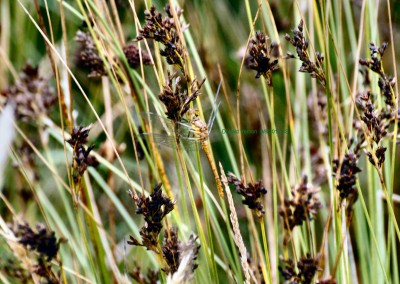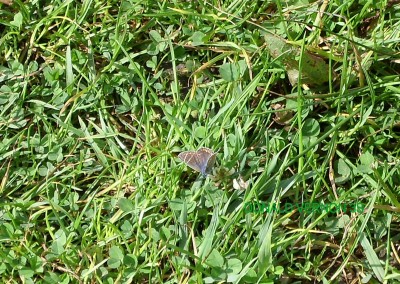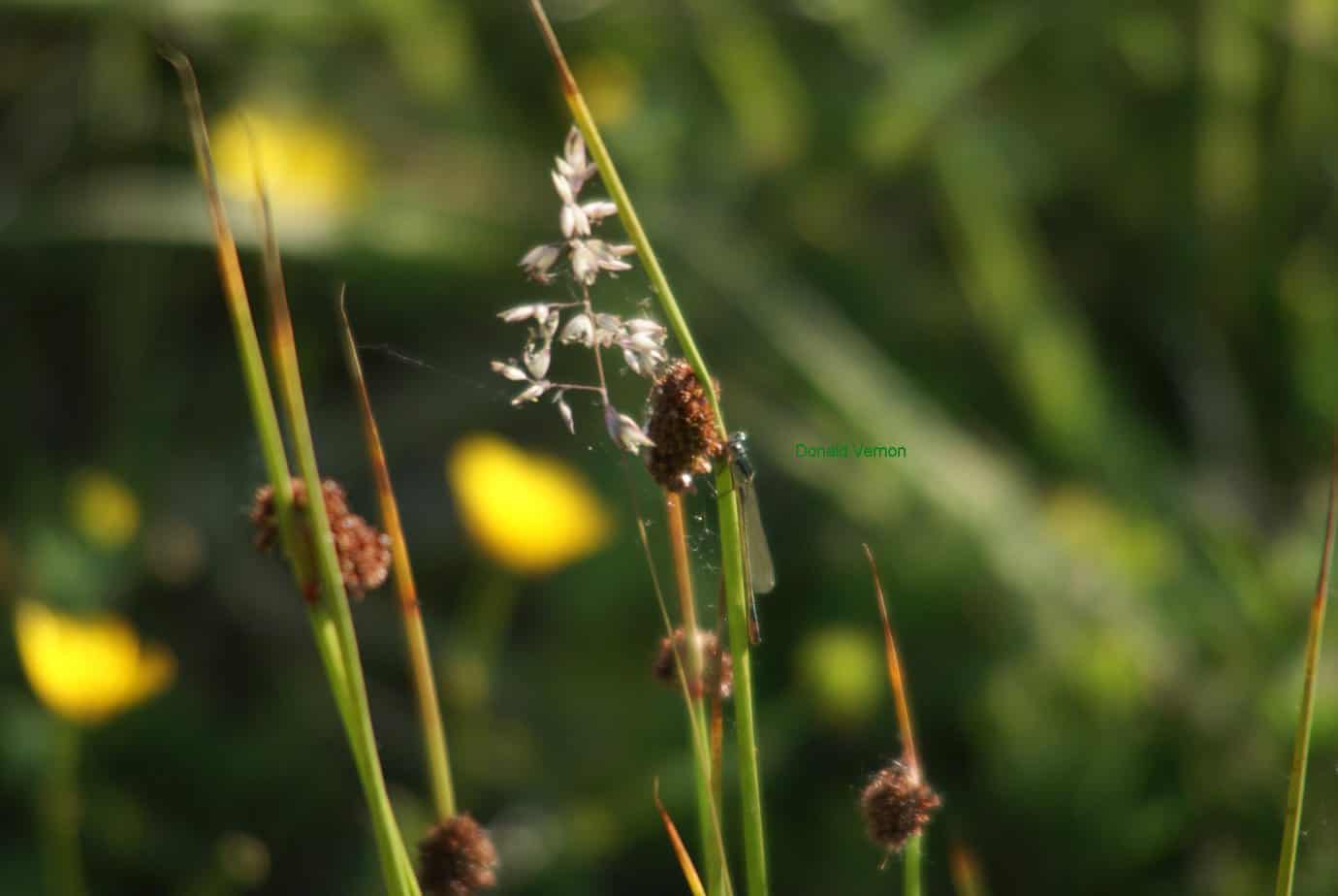Plants
Varieties of plants found around the Three Sisters.Plants at the Three Sisters
We have to remember that the land that the Three Sisters stands on was once a colliery and its tips We call this a brownfield site and it is best described as derelict and disused industrial or commercial land.
These brownfield sites are becoming a refuge for a growing number of species because once all the human activity has died down, wildlife starts to move back into these undisturbed areas. A brownfield site can contain a mosaic of different habitats and niches, providing opportunities for a wide variety of animals and insects, from toads and snakes to dragonflies and rare bees.
Plants can also thrive on the poor soils, from purple rosebay willowherb to yellow groundsels and dandelions. This site developed due to the landscaping of the three large colliery spoil tips that gave the site its name.
The soil is, therefore, mainly colliery spoil which is more than 1 metre deep. This is acidic and low in nutrients. The uppermost level of organic material is very shallow [ 5-10 cm deep] but as trees, shrubs and other flora have established themselves the organic content is increasing.
The landscaping was part of a derelict land reclamation programme. These works resulted in poor drainage in areas, but these areas now support vegetation typical of fen and wetland communities around the Northwest of England.
Extensive areas of woodland were planted in the early 1970s as part of the Land Reclamation Programme.
The site is maturing and developing and now has an extensive mosaic of habitats. e.g. fen, wetland, wet grassland, acidic grassland wet woodland, open water, heathland and developing mossland.
The recently created wetland is developing into a valuable habitat capable of supporting and sustaining a diverse range of species. Already the reserve area is home to a diverse group of mammals, birds and invertebrates including a European Protected Species Mammal and eleven Red Listed bird species.
The area is rich botanically and has a good and varied range of habitats. The variety of features offers an excellent opportunity to encourage a wide range of flora and fauna. As you can see from the photos the plants are very important to the insects.
















